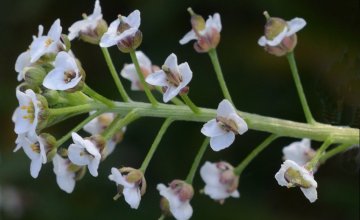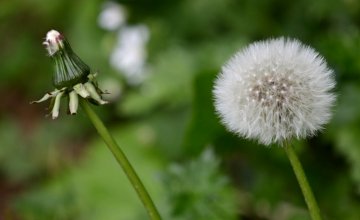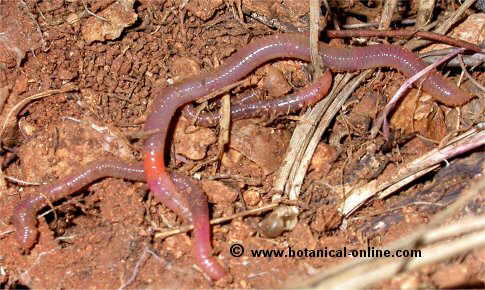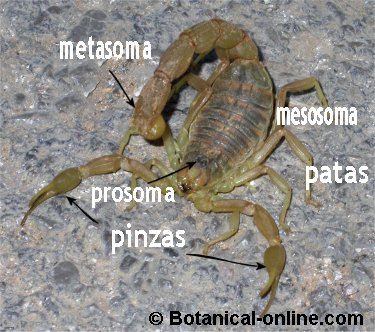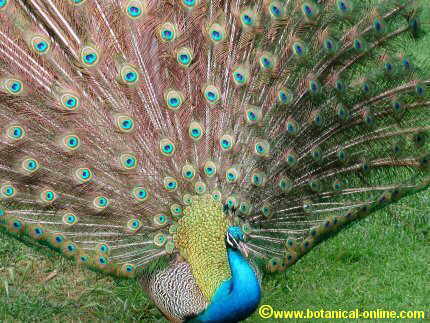Contents
Cows without horns
Why are there cows without horns?
Do all cows have horns?
Cows naturally have horns, since their wild ancestors also had corns, which includes bulls as a species.
Why do cows have horns?
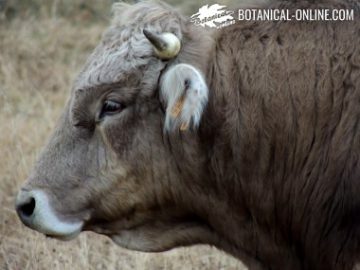
The horns of the aurochs, with the scientific name Bos primigenius, the wild relative of cows and bulls, were used to defend themselves against their natural enemies.
Despite its large size, the cow’s ancestor lived in open areas, in steppes and light forests of Eurasia, making it exposed to predators.
When do cows’ horns grow?
This ruminant mammal’s horns appear on its head when it is one year old. Cows’ horns are hollow inside and are permanent, because these animals do not shed them at any time of the year.
Cows have different kinds of horns
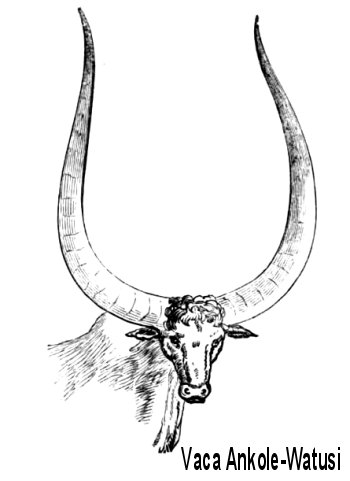
In the case of cows, the domestic relative of the aurochs, there is a wide variety of horn shapes and sizes, depending on the breed. The Longhorn breed is named for the length of its horns.
- The Ankole-watusi is a bovine breed of African origin famous for its enormous horns, more robust than those of the Longhorn.
- The Nelore is the bovine breed with the smallest horns.
Why don’t some cows have horns?
Breeds of cows that are born without horns
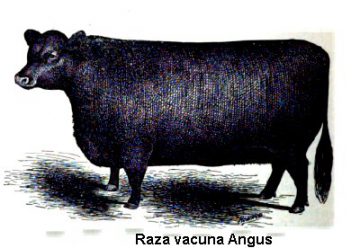
Some breeds of cows do not have horns from birth, such as the Aberdeen angus, a beef cattle breed of Scottish origin.
The group of cows that are born without horns is called polled cattle.
There is a variety of the Hereford beef cow breed, called Polled Hereford, which also never develops horns during its lifetime. It was created at the beginning of the 20th century, from specimens of the Hereford breed that presented a genetic mutation.
Breeds of cows that have their horns removed
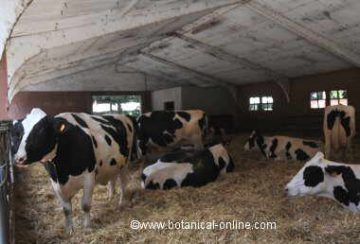
Many adult domestic cows also do not have horns, even if they are born with them. The horns can be manually removed by the farmer to facilitate farm tasks, such as milk collection, in the case of dairy cows or to prevent them from harming each other on the farm.
These types of animals that have had their horns mechanically removed are also considered horned, since they are part of the group of horned cattle, only they are dehorned animals.
How to differentiate the types of cows by their horns
Dehorned cattle must be distinguished from horned animals and from hornless animals or polled cattle because they are born without horns. In hornless animals, genetics determines that they are born without corns.
Polled cows have a slightly different head shape than dehorned or horned cows, which can help to know if the animal in front of us is of one type or another. Cows that are born with horns or have had horns removed have flatter heads than those born without horns.
![]() More information on cows
More information on cows

